Who can use this lesson? I think many craftsmen will want to decorate their objects with copper plating. Here are some ways to use it in the photo.

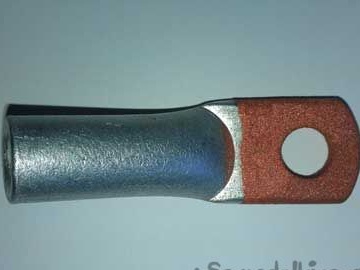

Now that you have a great desire to find out how to do this faster, watch the video and then step by step learn the technology.
First of all, we will determine what is necessary for the copper-plating process:
1) Toilet duckling or other cleaning product which contains hydrochloric acid.
2) Copper wires, the smallest section, pieces of copper, coins containing copper.
3) tin
4) plastic water bottle
5) iron object for copper plating
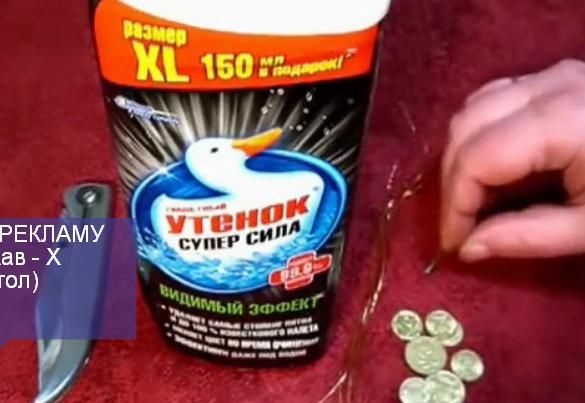
The liquid from the "Toilet duckling" is poured into a plastic water bottle. A solution is made.
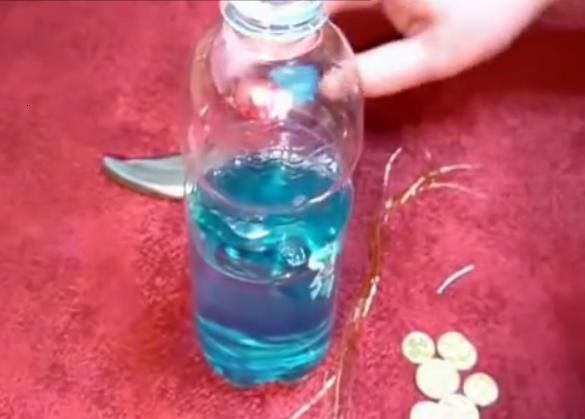
A copper wire is placed in the bottle.
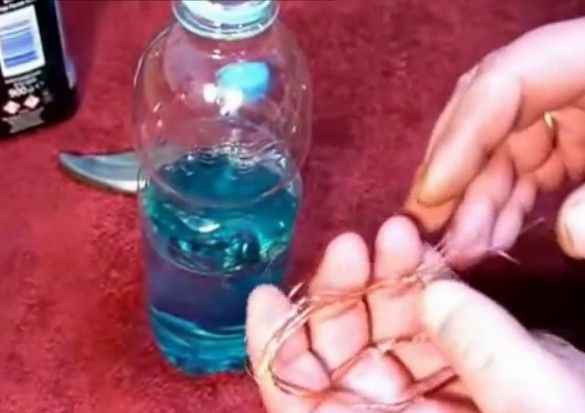
The bottle is clogged and shakes.
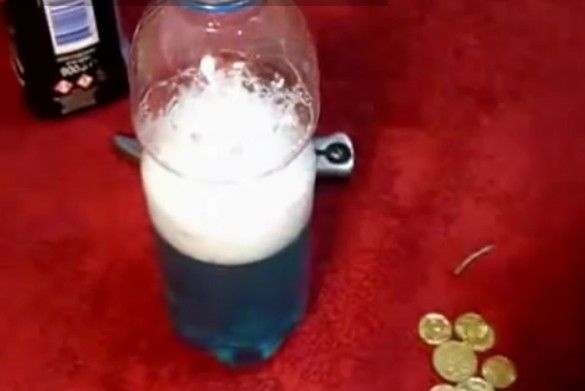
After this, the container is placed in a warm place for about a month so that chemical reactions occur. The reaction rate depends on the concentration of the solution, the amount of copper and heat.

While the solution is being prepared, it is necessary to prepare a metal object for copper plating.
The metal surface is cleaned of dust, dirt, rust, oil stains that remain from the touch of your fingers.
This is achieved by boiling in a solution of alkali or in a solution of baking soda, which is available in any kitchen.
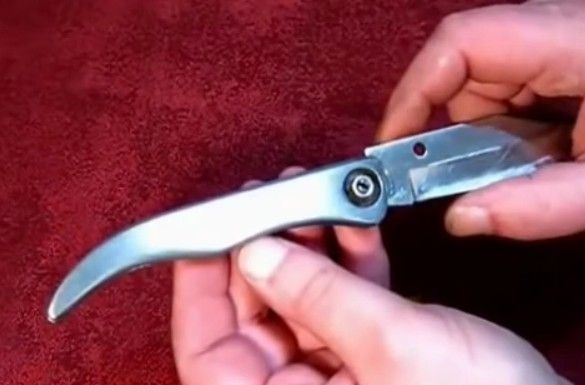
Before copper-plating, it is necessary to sand the surface with N100 sandpaper so that the surface is rough. The greater the roughness, the better the copper-plating process.

After stripping with a sandpaper, degreasing takes place; there is also an anti-degreasing agent in the kitchen.
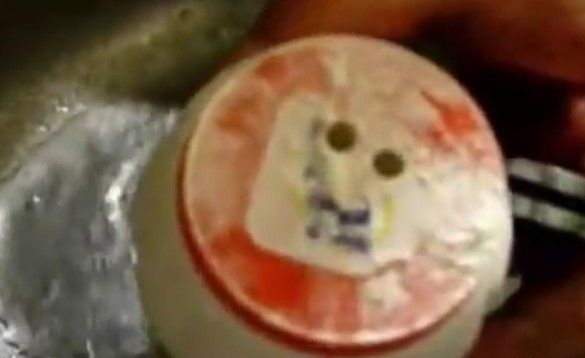
The blank is taken with a pre-prepared napkin.
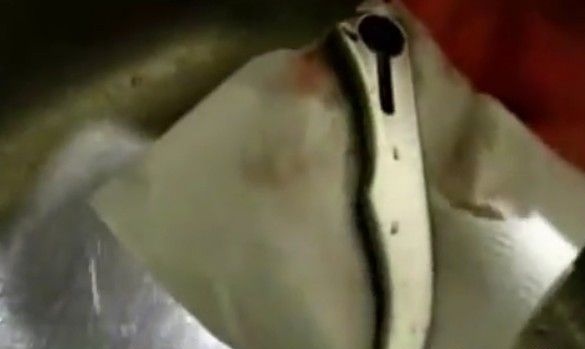
In a plastic dish, which is selected according to the size of the workpiece, a solution is poured, previously mixed in a bottle.
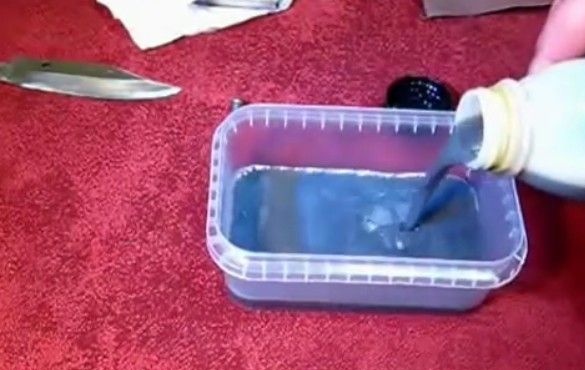
With a surgical clamp, tweezers or even tweezers to pluck the eyebrows, the workpiece is lowered into the solution.
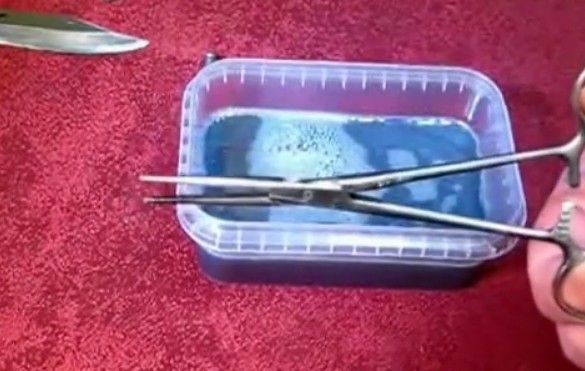
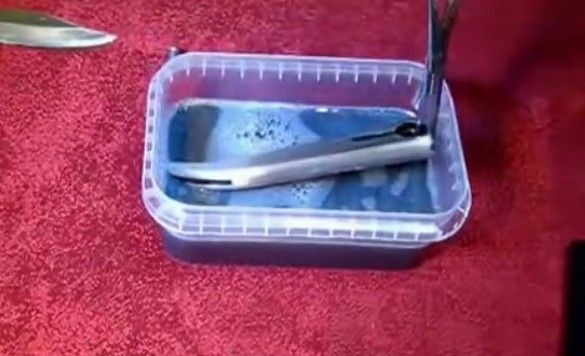
During copper coating, it is better to swing the tank for a better and faster reaction.
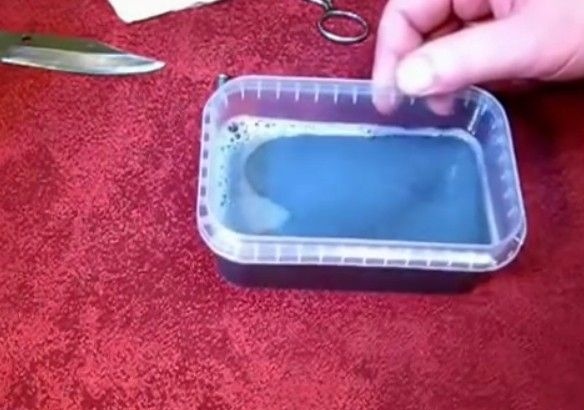
Turn the workpiece over from time to time.
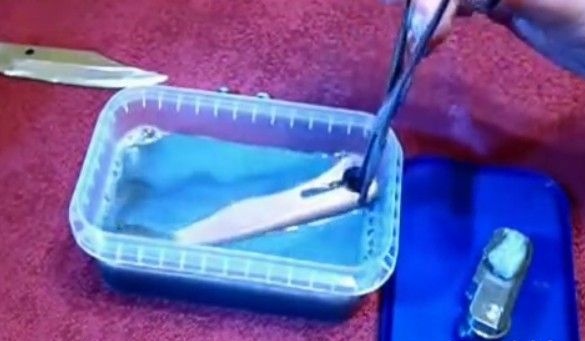
After about an hour and a half or more, you can already see firsthand what happens to an object immersed in a solution.
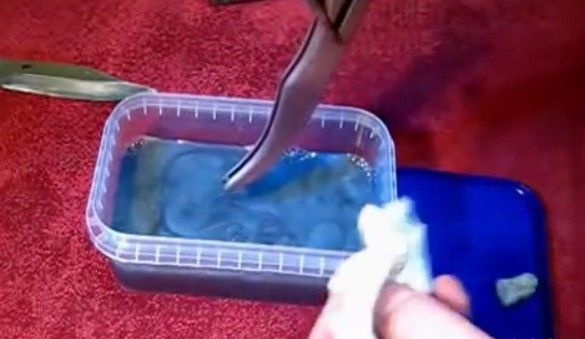
Copper holds very well on the surface of ordinary steel.

Now we say thank you to our TOKARKA master for the lesson. Which gives copper plating in a nutshell. The electrical conductivity of metal objects improves, the bolts do not stick to the surface, especially where there are high temperatures (collector, silencer, etc.) You can apply copper-plating of disposable bolts, especially on foreign cars, when it is necessary to assemble the assembly, and there are no necessary bolts. For decorative purposes. The rest depends on your imagination. Use it.

